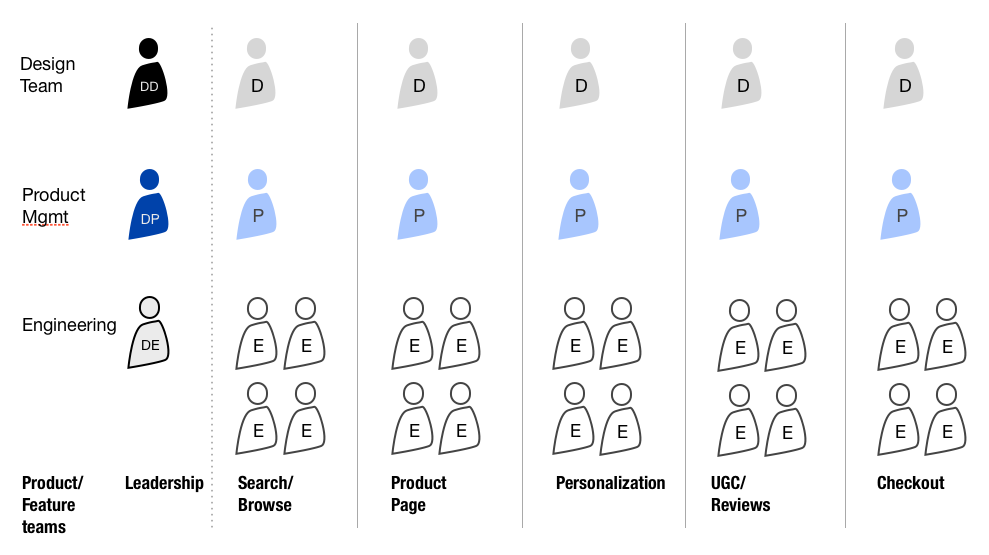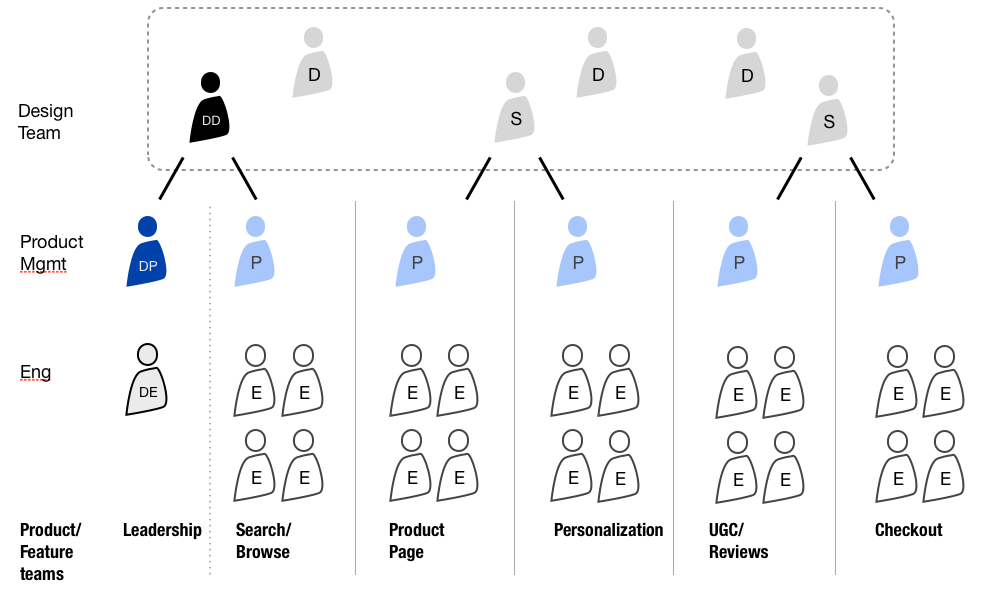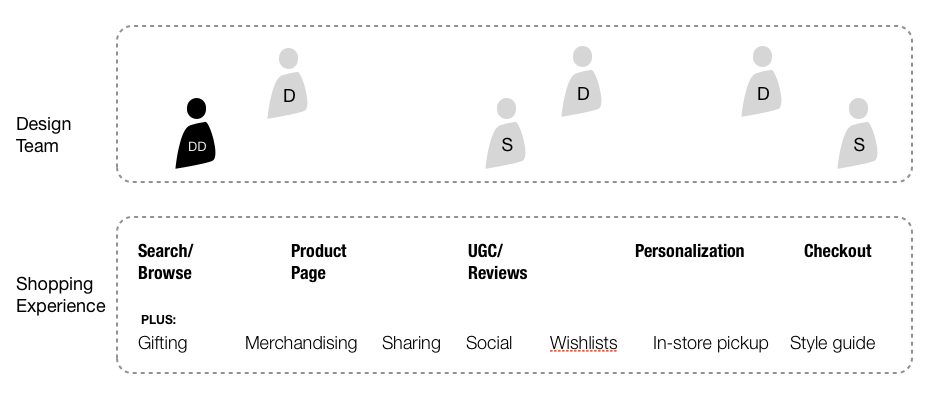[The following is a passage from my book-in-progress on in-house design teams. It’s a (very) rough draft on the principles that should undergird the recruiting and hiring process for designers. I think I believe everything here, and I think it’s pretty complete, but I’d appreciate feedback, commentary, calling of bullshit…]
Recruiting
The recruiting and hiring process warrants the same design attention and intention of any other experience. Do not succumb to your company’s standard operating procedure.
Recruiting designers is different from other recruiting other roles. Recruiters, even those who work with other craftspeople such as engineers, are often surprised to find that what works for other disciplines falls flat with designers. What follows are generalizations, so will not be true in all cases, but have borne out over our careers in hiring. Generally, what we have learned is that designers want to do great work, work with interesting people, and get paid fairly for it, pretty much in that order.
Make the approach humanistic. While no one wants to feel like a cog in a machine, designers are more sensitive than most to feeling subjected to bureaucracy, and some recruiting processes feel like filing taxes or hospital visits–filling out forms, submitting material into a faceless system, uncertainty as to when to expect a response, shuttling from handler to handler. Make sure to provide a human touch at every step in the process. Beware of adopting approaches that make it easier for you, but less personable. Given the competitive talent market, it’s worth feeling some friction and taking on extra work if it makes the experience more pleasant for the candidate.
Money is table stakes, but not a strong motivator. This one is a little tricky, because it can be interpreted that “designers don’t care about money.†While that might be true for a few, most designers want good compensation for their work, particularly where the cost of living is high. That said, throwing money at designers does not guarantee they’ll accept an offer. In fact, many will find it suspicious, wondering what such largesse is masking. (Many designers have an uneasy relationship with money.) Don’t try to exploit designers’ antipathy towards money–they’ll ask around, and if they feel like they’re being taken advantage of, the deal is off. Commit to making offers that are fair for the market, and then spend time and effort on the other factors that will guide their final decision.
Emphasize the work to be done. For most designers, the primary motivation is the nature of what they will work on. Such inclinations vary widely–some designers love hairy content problems, others want to build complex enterprise software, others crave sexy consumer experiences. Recruiting efforts should stress what makes the work compelling from a designer’s standpoint. When Peter was at Groupon, the stock was in a bad place and the company had become a media whipping boy. However, he was able to direct attention to the interesting design probem, which was to figure out how to leverage Groupon’s success with daily deals and create other ways to connect shoppers and local businesses. Designers were attracted by the opportunity to to deliver new features and functionality that created a marketplace, and the meaningful challenge of working with small local businesses at scale.
Explain the context in which that work is done. While some designers are dedicated to solving problems in specific industries, such as healthcare or education, many designers can root out what is interesting in any sufficiently complex problem. So when they’re choosing between job options, they seek to better understand the context in which they will work. Will they be expected to work on their own, or will they be part of a team? Are there opportunities to mentor or be mentored? What kind of authority and ownership will they have over their work? Is design respected within the organization? How does the company treat its employees? No one context works for all designers, so be clear about the characteristics of yours.
Be honest, even frank. Don’t just tell them what they want to hear. Engaging with candidates reveals their preferences and desires. For design leaders hungry for talent, it can be tempting to tell candidates what they want to hear, to get them through the door and at a desk. However, if it contradicts what they then experience, the working relationship starts off on the wrong foot. That person is now less likely to suggest others to join, may themselves be looking for exits, and the effort invested in bringing them proves for nought.
If a candidate makes clear they want to manage others, but there’s no opportunity for that in the foreseeable future, don’t tell them, “Oh sure, let’s discuss that in 6 months and see where we’re at.†Whatever the pain in losing a great prospect, say, “I don’t think we have a fit at this time,†and move on. Bring that person on, even if they have been told there are not management opportunities, and every discussion is clouded by that management desire. Â
Be direct and honest about what it is like to work there. Don’t sugarcoat troubles. Don’t dwell on them, but acknowledge them and make clear the steps being taken to address them. The design community can prove surprisingly small and tight-knit, and word gets around. Bullshit is found out.
[There you go. Thanks for reading.]


